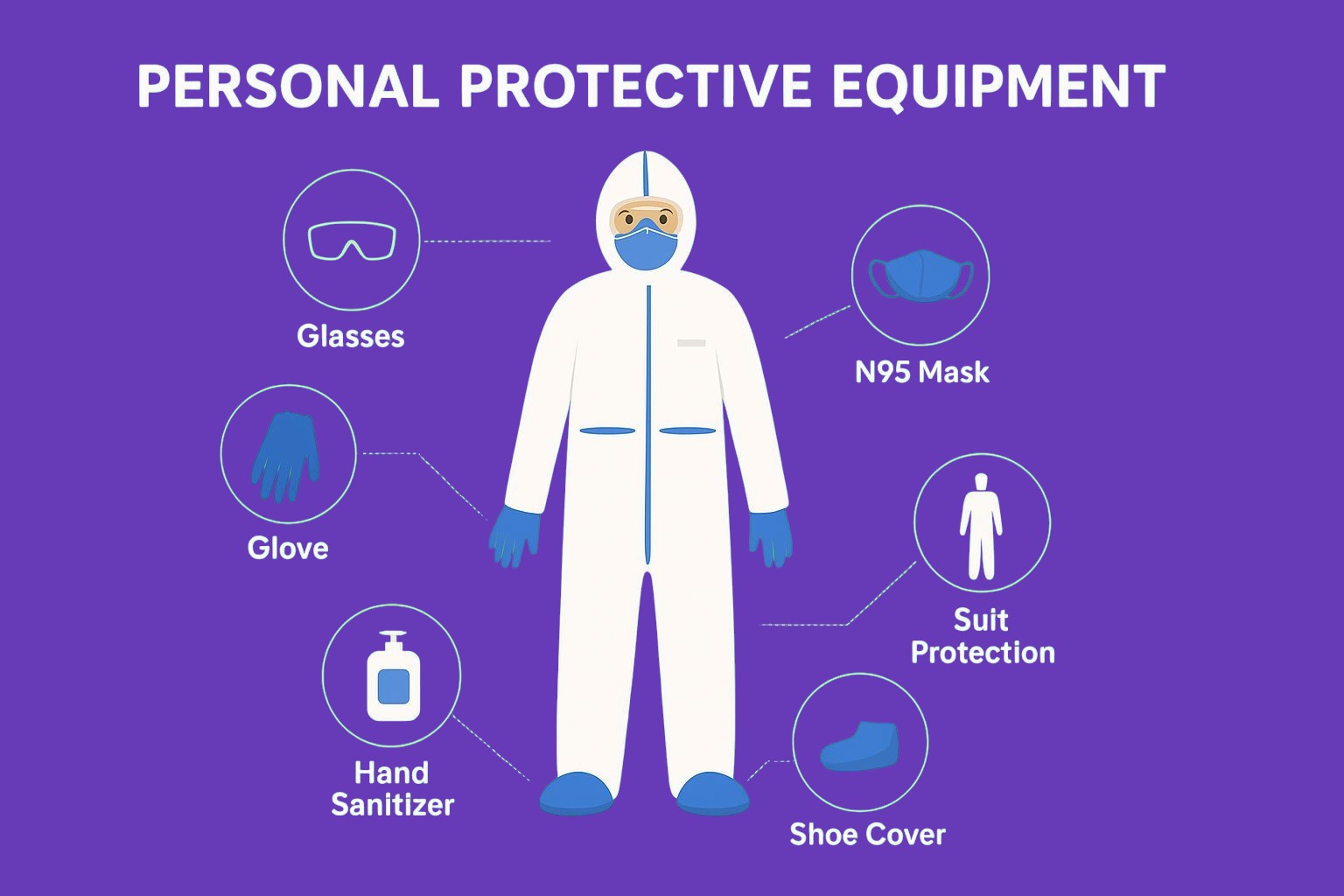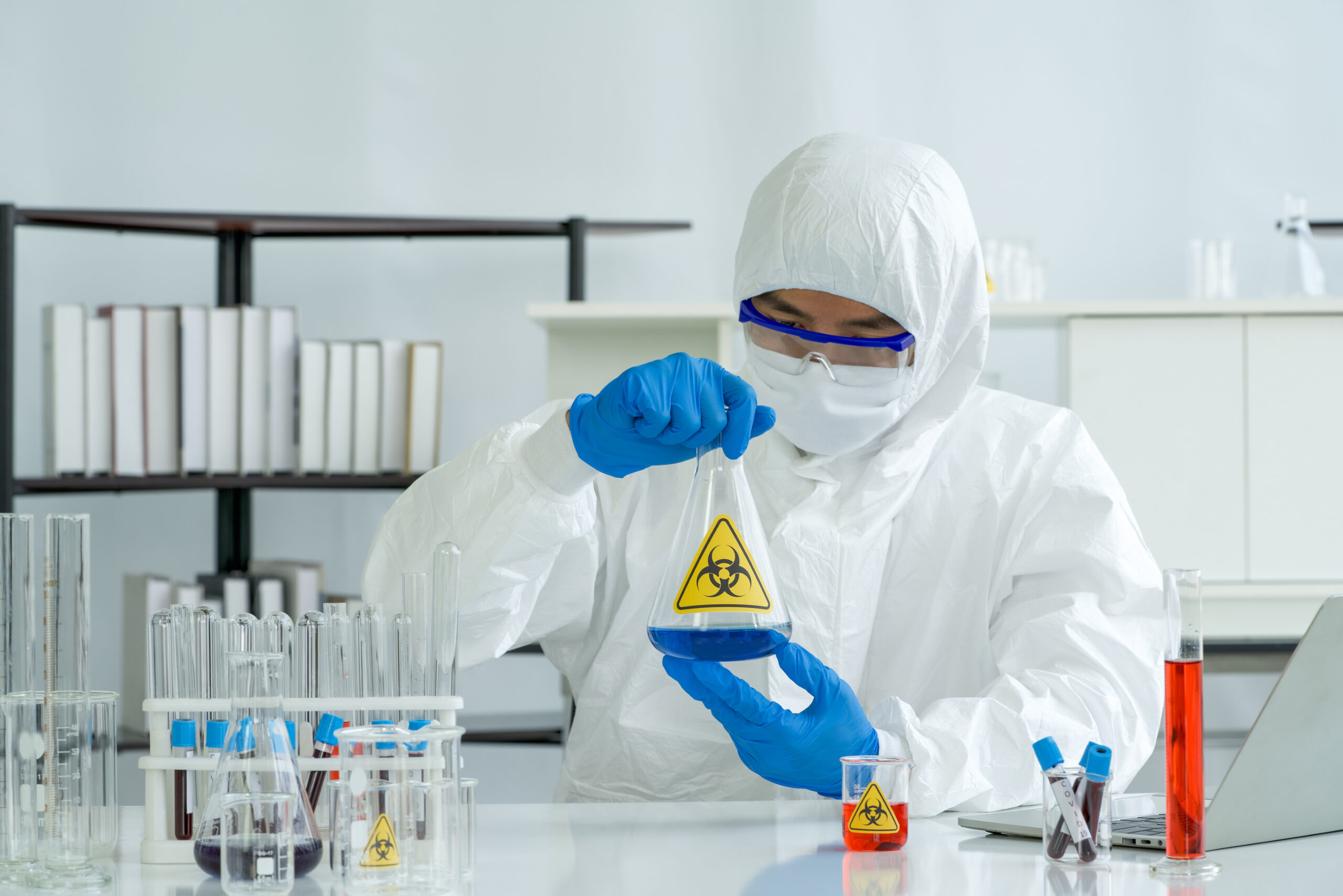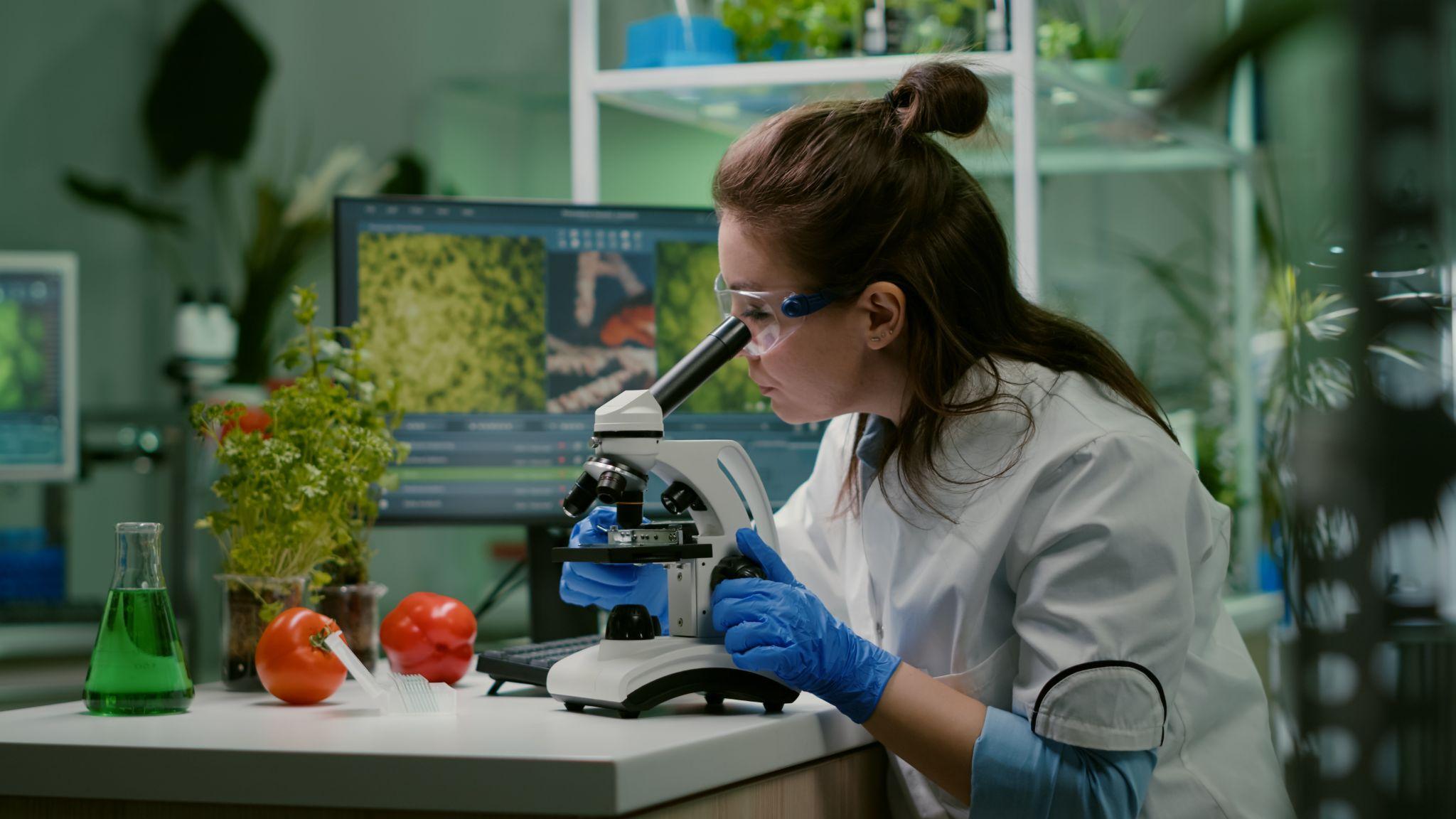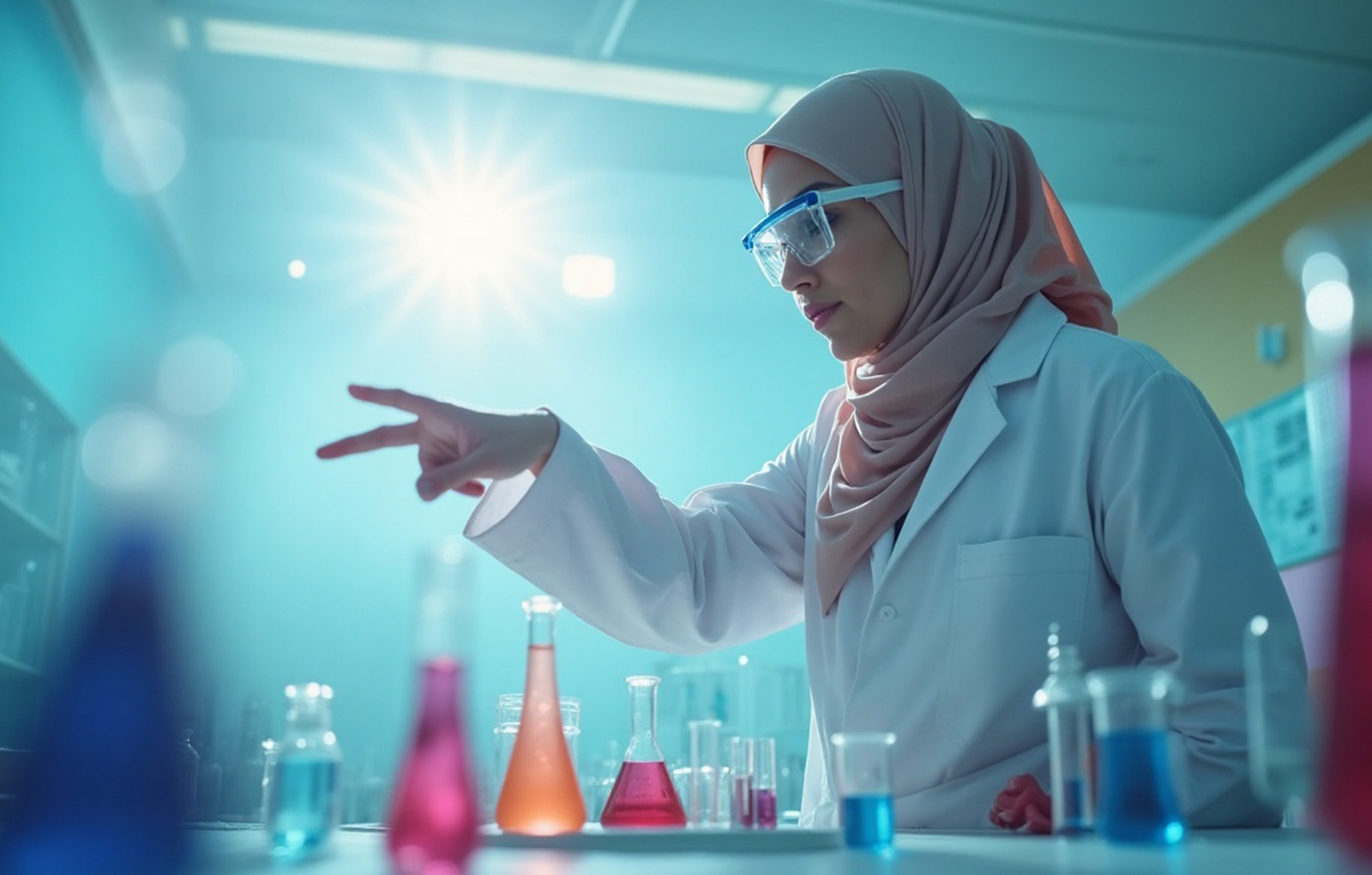PPE in Lab: Ensuring Safety, Compliance, and Laboratory Efficiency in the UAE
Posted: August 29, 2025

Laboratory safety is a top priority in every scientific environment. In the UAE, laboratories handling chemical, biological, and microbiological processes must adhere to strict safety protocols to protect personnel and maintain research integrity. Personal protective equipment (PPE in Lab) is essential in creating a barrier against hazardous substances, airborne particles, and potential contamination. Using the right PPE, alongside high-quality laboratory equipment, ensures safety, compliance, and operational efficiency across clinical, research, and industrial laboratories.
What is PPE in Lab?
Personal protective equipment (PPE) in laboratories includes specialized clothing and gear designed to shield staff from potential hazards. Typical PPE items include:
- Lab coats and flame-resistant coveralls
- Protective gloves (nitrile, latex, neoprene)
- Safety goggles and chemical splash glasses
- Face shields and respirators
- Chemical-resistant footwear
PPE is not only for immediate protection against chemical splashes, infectious agents, and sharp instruments but also for maintaining sterile environments, preventing cross-contamination, and ensuring compliance with UAE and international safety standards.
Importance of PPE in Laboratory Safety
PPE in the laboratory is essential for protecting personnel from chemical, biological, and physical hazards. Proper use of gloves, goggles, lab coats, and respirators reduces the risk of injuries, chemical exposure, and contamination, ensuring experiments and testing procedures remain accurate and reliable.
Consistent adherence to PPE protocols also fosters a culture of safety and responsibility among staff, helping maintain hygiene standards and prevent cross-contamination of samples. High-quality PPE, combined with certified laboratory equipment, ensures a safer, compliant, and efficient working environment while preserving the integrity of scientific research.
Types of PPE for Laboratory Environments
1. Eye and Face Protection
Safety goggles, chemical splash glasses, and face shields protect the eyes and face from chemical splashes, flying debris, and harmful UV/IR light.
2. Hand Protection
Gloves made from nitrile, latex, or neoprene prevent direct skin contact with hazardous substances. Selecting the appropriate type is essential based on the chemicals or materials handled.
3. Body Protection
Lab coats, coveralls, and flame-resistant jackets act as barriers against contamination, chemical spills, and heat exposure. Properly fitted garments enhance comfort and mobility during experiments.
4. Respiratory Protection
Masks and respirators protect staff from inhaling dust, vapors, or airborne pathogens. Laboratories may require standard disposable masks or full-face respirators depending on the risk level.
5. Foot Protection
Closed-toe shoes or chemical-resistant boots safeguard against spills, dropped instruments, and sharp objects. Reinforced toes and slip-resistant soles provide additional protection in high-risk environments.
PPE Applications in Different Laboratories
- Clinical & Medical Laboratories: Ensures protection against infectious materials and patient samples.
- Chemical & Pharmaceutical Laboratories: Safeguards personnel during chemical handling and reactions.
- Biotechnology & Research Facilities: Protects staff during experimental procedures, microbiological testing, and genetic research.
- Food Testing Laboratories: Maintains hygiene and prevents contamination of samples during analysis.
Final Thoughts
Personal protective equipment is an essential component of lab safety. Selecting the right types of PPE and ensuring proper usage allows laboratories to create a safer working environment, minimize risks, and uphold high standards of research integrity. Investing in reliable, high-quality lab safety equipment not only ensures compliance with safety regulations.
Upgrade your laboratory safety standards with certified PPE and high-quality lab equipment from Hydra UAE—ensuring full compliance, protection, and operational efficiency.




